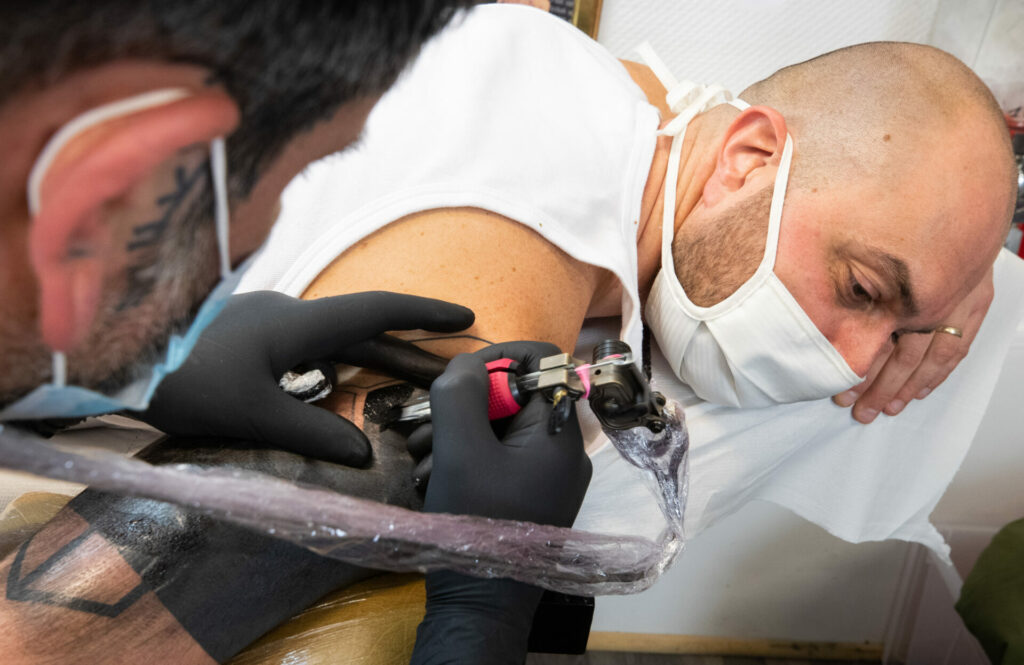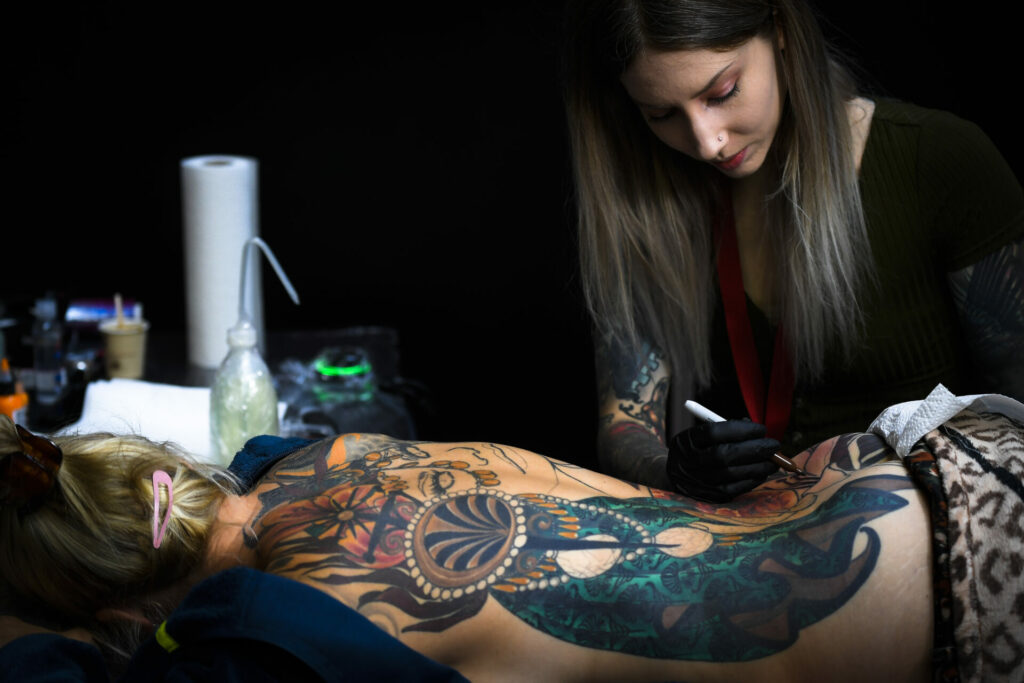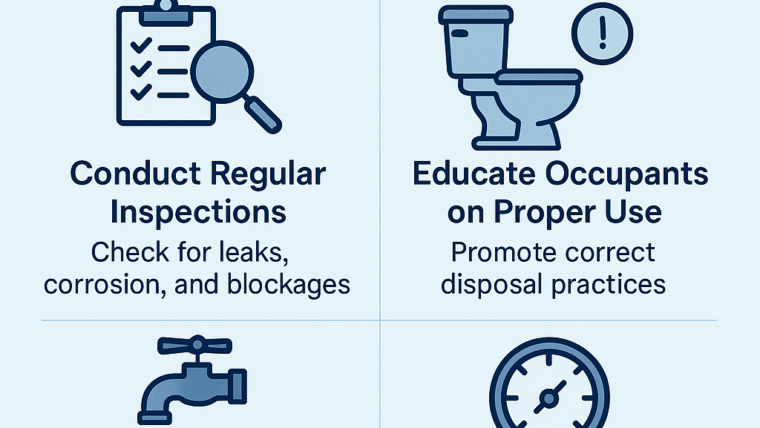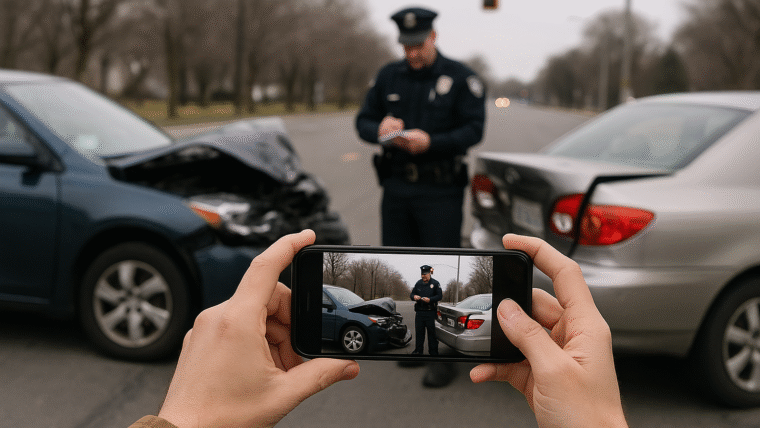If you’re considering tattoo removal, you might be wondering what to expect during the process and how your skin will react. While certified laser tattoo removal in Sydney, NSW is a safe and effective way to get rid of unwanted ink, it’s important to understand the potential side effects and healing process.

Table of Contents
What Happens During Tattoo Removal?
During laser tattoo removal, a high-intensity laser beam is directed at the tattoo, breaking down the ink particles into smaller fragments. These fragments are then naturally absorbed and eliminated by the body’s immune system. The procedure is typically performed in a series of sessions, spaced several weeks apart, to allow the skin to heal between treatments.
Immediate Side Effects
Immediately after the tattoo removal session, you may experience some redness, swelling, and mild discomfort in the treated area. This is a normal response and usually subsides within a few hours to a couple of days. Your skin may also feel sensitive to the touch and slightly itchy as it begins to heal.
Potential Risks and Complications
While complications are rare when the procedure is performed by a qualified professional, there are some potential risks to be aware of. These include blistering, scabbing, infection, hyperpigmentation (darkening of the skin), hypopigmentation (lightening of the skin), and in rare cases, scarring. Following proper aftercare instructions can help minimize these risks.
The Healing Process
In the days following your tattoo removal session, you may notice some scabbing or crusting on the treated area. It’s crucial to keep the area clean and dry, and avoid picking at any scabs, as this can lead to infection or scarring. The healing process typically takes 1-2 weeks, during which time you should protect the area from sun exposure and apply any recommended ointments or dressings.
Long-Term Results
The number of sessions required for complete tattoo removal varies depending on factors such as the size, color, and age of the tattoo, as well as your skin type. Most people need between 6-12 sessions to achieve optimal results. As the tattoo fades with each session, you’ll notice the ink becoming lighter and less noticeable. In some cases, there may be some residual ghosting or slight discoloration of the skin, but this often fades over time.
Caring for Your Skin After Tattoo Removal
To promote healing and achieve the best possible results, it’s important to take good care of your skin after tattoo removal. This includes keeping the area clean and moisturized, protecting it from the sun, and avoiding activities that could cause friction or irritation. Your tattoo removal specialist will provide you with specific aftercare instructions tailored to your individual needs.

Is Tattoo Removal Right for You?
If you have a tattoo that you regret or no longer want, laser tattoo removal may be a good option. However, it’s important to have realistic expectations about the process and results. While most tattoos can be significantly faded or removed, some ink colors (like yellow and green) are more challenging to treat, and complete removal may not always be possible.
If you’re considering tattoo removal, be sure to consult with a reputable and experienced provider who can assess your individual case and recommend the best course of treatment. With proper care and patience, you can achieve the results you desire and enjoy clear, ink-free skin once again.


